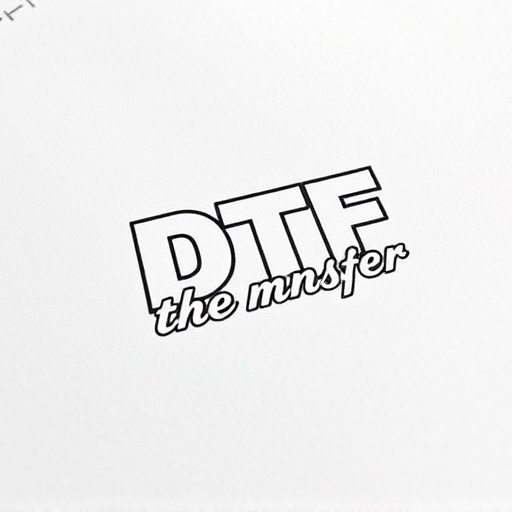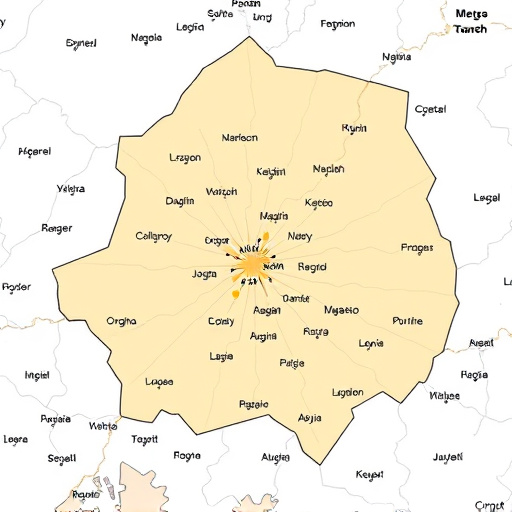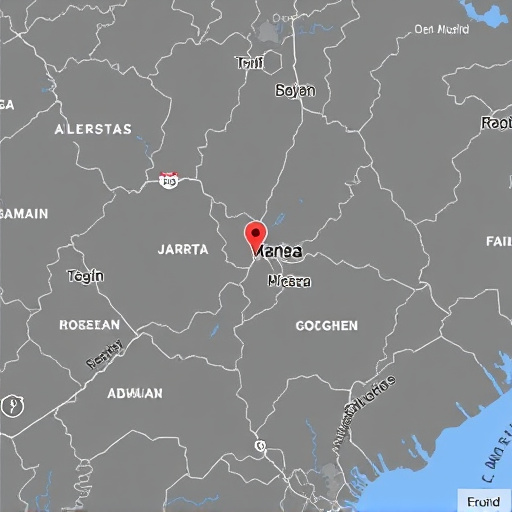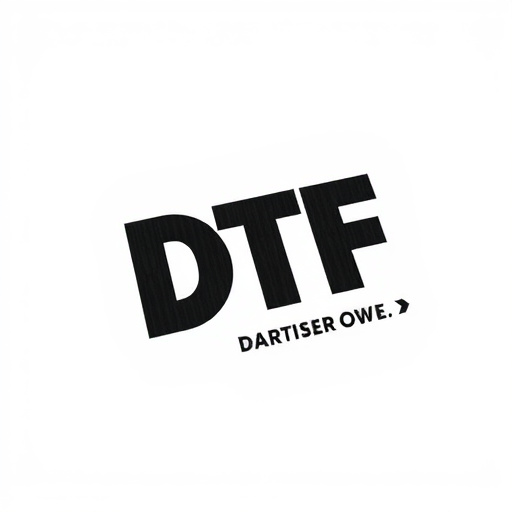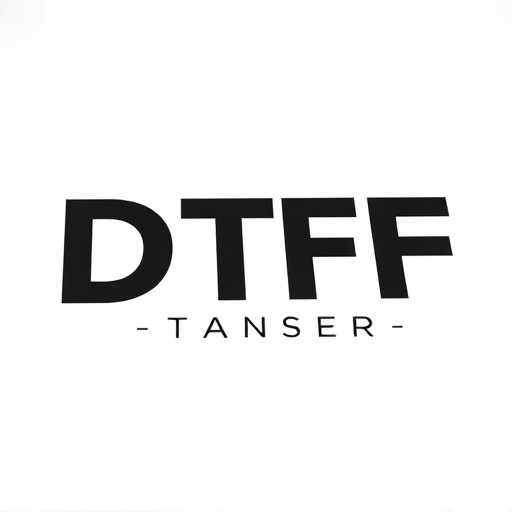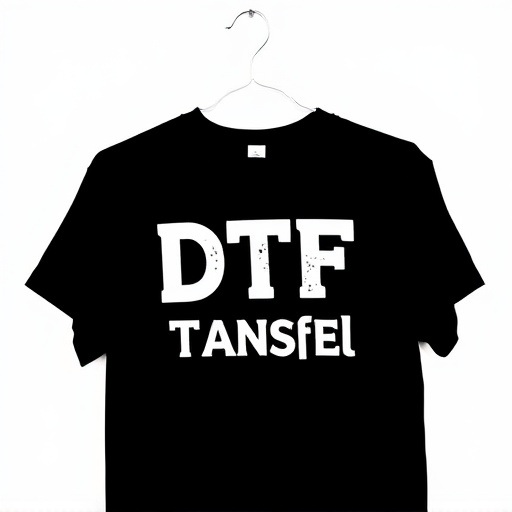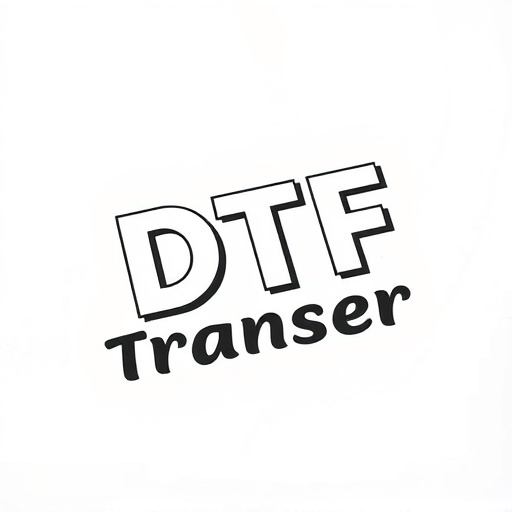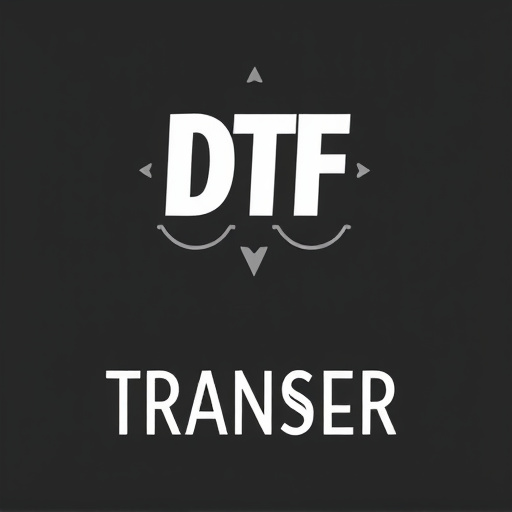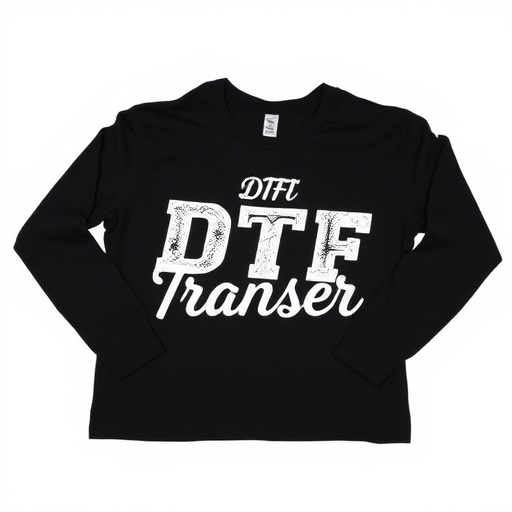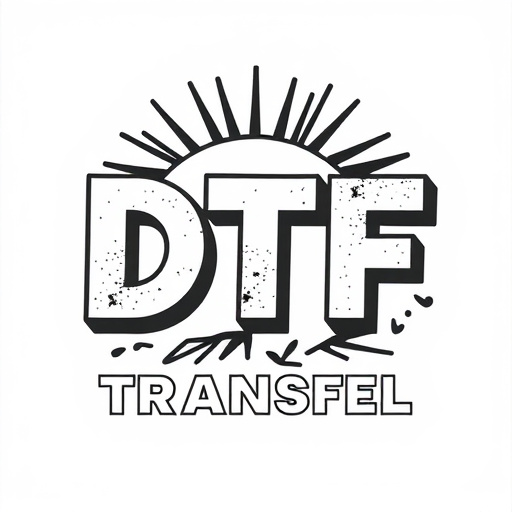Direct to Fabric (DTF) printing is revolutionizing clothing customization with high-quality, vibrant prints on diverse fabrics. This technology bypasses traditional methods, offering intricate design details and long-lasting results. DTF Transfers specialize in this process, enabling fast turnaround times and personalized garments for both small batches and mass production. Key considerations for designers include leveraging fine lines, gradients, and color accuracy while choosing the right resolution and fabric compatibility. With ongoing advancements, DTF printing is expected to evolve with enhanced precision, broader color palettes, and integration with smart textiles, expanding its applications beyond clothing to accessories like shoes and bags.
“Discover the cutting-edge world of DTF Transfers: a game-changing technology revolutionizing clothing customization. This article explores how DTF Printing transforms specialty clothing items into unique canvases for captivating designs. From understanding the DTF Transfer process to its myriad advantages and future trends, we delve into this dynamic field. Learn about the ideal applications, design considerations, and where DTF Prints truly shine, offering a fresh perspective on personalized fashion.”
- Understanding DTF Transfers: A Revolution in Clothing Customization
- The Process of DTF Printing: How It Works and Its Advantages
- Specialty Clothing Items: The Ideal Canvas for DTF Prints
- Design Considerations for Captivating DTF Transfers
- Applications and Use Cases: Where DTF Transfers Shine
- Future Trends: Exploring the Evolution of DTF Technology
Understanding DTF Transfers: A Revolution in Clothing Customization
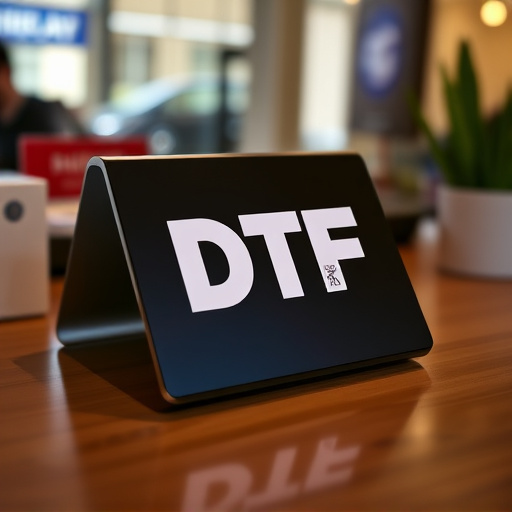
DTF Transfers are revolutionizing the way we customize specialty clothing items. These high-quality, direct-to-fabric (DTF) prints offer a versatile and efficient method for adding intricate designs to various fabrics, from cotton tees to performance jerseys. Unlike traditional printing methods that can be limited in terms of color and detail, DTF Transfers excel at producing vibrant, crisp DTf prints with an unparalleled level of precision.
By using specialized ink and a heat-activation process, DTF Transfers allow for the direct application of artwork onto clothing surfaces. This innovative approach streamlines the customization process, enabling businesses to offer on-demand printing services with fast turnaround times. Whether it’s for custom uniforms, promotional apparel, or unique fashion statements, DTF transfers are transforming the way we think about clothing design and personalization, opening up a world of creative possibilities for both designers and consumers alike.
The Process of DTF Printing: How It Works and Its Advantages
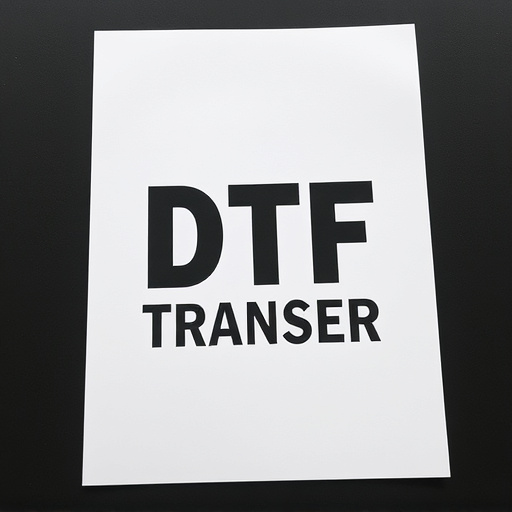
The Direct to Fabric (DTF) printing process is a cutting-edge method for applying transfers on specialty clothing items. It involves transferring inks directly onto the fabric surface, bypassing the need for intermediate materials like paper or vinyl. This innovative technique offers several advantages, making it a preferred choice among designers and manufacturers. DTF Printing is not just a simple application of ink; it’s a complex process that starts with preparing the garment and the design. The fabric is first cleaned and pre-treated to ensure optimal ink adhesion. Then, using specialized equipment, the design is precisely printed onto the fabric, layer by layer, creating vibrant and detailed DTF prints.
One of the key benefits of DTF Printing is its ability to produce high-quality, long-lasting prints on a wide range of fabrics. The direct contact between ink and fabric results in exceptional color accuracy and crisp details. Moreover, DTF transfers are durable, resistant to fading and cracking, even under harsh washing conditions. This makes them ideal for specialty clothing items that require both aesthetic appeal and longevity. With DTF Printing, designers can achieve complex designs with fine lines, gradients, and full-bleed images, pushing the boundaries of what’s possible in textile printing.
Specialty Clothing Items: The Ideal Canvas for DTF Prints
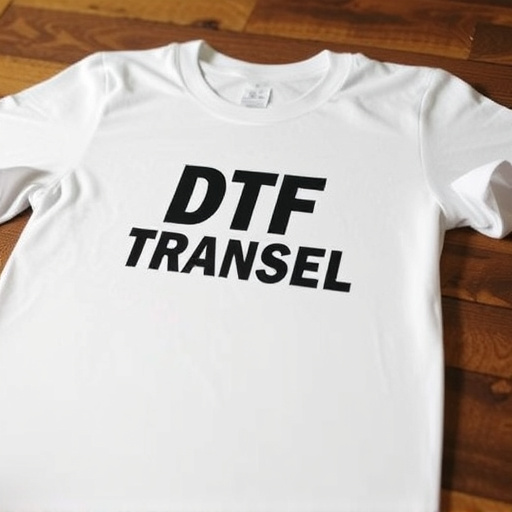
Specialty clothing items offer an intriguing and unique canvas for DTF (Direct to Fabric) prints, revolutionizing the way designers and manufacturers approach textile decoration. These items, ranging from custom-fit activewear to one-of-a-kind fashion pieces, provide a blank slate for artistic expression. With their specialized materials and diverse styles, they cater to a wide array of DTG printing needs.
DTF transfers, in particular, have gained popularity for their ability to produce vibrant, long-lasting prints on various fabrics. The direct application method ensures that designs are permanently infused into the clothing, making them ideal for creating eye-catching garments and accessories. From sports jerseys to denim jackets, DTF printing has become a game-changer, allowing businesses to offer personalized, high-quality products with intricate and detailed graphics.
Design Considerations for Captivating DTF Transfers

When designing transfers for specialty clothing, understanding the capabilities and limitations of DTF (Direct to Fabric) printing is key. This method allows for intricate details, vibrant colors, and a range of fabric types, making it ideal for creating captivating designs on various garments. Designers should focus on high-resolution graphics with fine lines and subtle gradients, as these elements translate well into DTF prints.
Considerations such as color palette choices, image resolution, and the garment’s material all play significant roles in achieving exceptional DTF transfers. Using a diverse range of colors can enhance the visual appeal, while maintaining a suitable resolution ensures the design remains crisp and detailed when printed at a larger scale. Additionally, selecting fabrics that are compatible with DTF printing processes is essential to guarantee long-lasting, high-quality prints.
Applications and Use Cases: Where DTF Transfers Shine
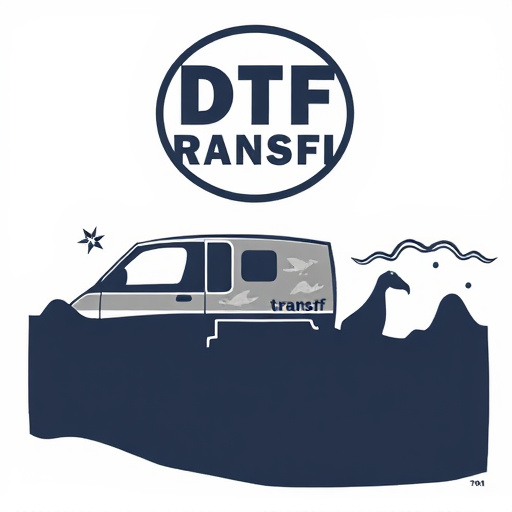
DTF Transfers have found their niche in the world of specialty clothing, offering unique and versatile application options. These transfers are a game-changer for designers and manufacturers looking to create personalized, eye-catching garments with ease. One of their standout use cases is custom printing on various fabrics, from cotton tees to synthetic blends, allowing for intricate DTF Printing that rivals traditional silk screening.
Whether it’s for small-batch production or mass customization, DTF Transfers excel in creating DTF Prints with vibrant colors and sharp details. They are particularly useful for short-run projects, enabling designers to swiftly adapt their collections without the overhead costs associated with setting up intricate printing screens. This technology has revolutionized the way clothing is personalized, making it accessible and efficient for both independent artists and large-scale brands.
Future Trends: Exploring the Evolution of DTF Technology
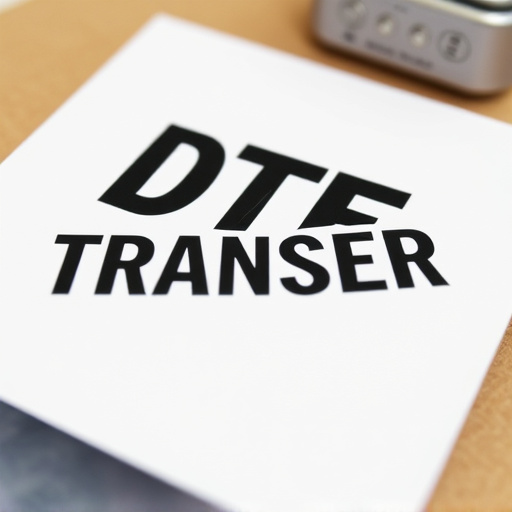
The future of specialty clothing customization looks bright with Digital Thermal Transfer (DTF) technology poised for significant advancements. As consumer demands shift towards unique, personalized garments, DTF transfers are expected to evolve, offering enhanced precision and a broader color palette. This cutting-edge printing method allows for intricate designs, making it ideal for creating eye-catching, high-quality prints on various fabrics. With improvements in ink formulations and print heads, DTF technology is set to deliver faster production times without compromising on quality.
Beyond basic functionality, future trends suggest that DTF transfers will integrate with smart textiles, enabling functional garments with dynamic displays. The versatility of DTF Printing will expand, catering to not just clothing but also accessories like shoes and bags. This evolution promises a seamless blend of fashion and technology, providing wearers with personalized, adaptable, and stylish apparel tailored to their preferences and lifestyle.
